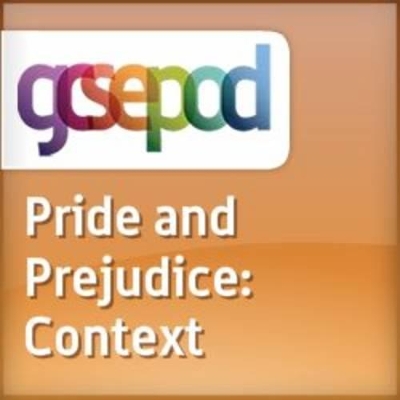
Jane Austen - Pride and Prejudice: Pride and Prejudice: Context
Published: 2011
Add this book to your 'I want to read' list!
By clicking here you can add this book to your favourites list. If it is in your School Library it will show up on your account page in colour and you'll be able to download it from there. If it isn't in your school library it will still show up but in grey - that will tell us that maybe it is a book we should add to your school library, and will also remind you to read it if you find it somewhere else!
"Pride and Prejudice" by Jane Austen explores the complex social dynamics of early 19th-century England through the life of Elizabeth Bennet, one of five sisters in a family with uncertain prospects. When the wealthy and aloof Mr. Darcy arrives in their neighborhood, initial impressions spark tension and misunderstanding between him and Elizabeth. As their paths continue to cross, Elizabeth’s wit and intellect challenge social norms, leading her to reassess her feelings and prejudices. Through themes of love, class, and personal growth, Austen crafts a timeless story that reveals the transformative power of understanding and the importance of integrity in relationships. [Generated by language model - please report any problems].
This book is aimed at Young Adult readers. The term Young Adult (YA) is used for books which have the following characteristics: (1) aimed at ages 12-18 years, US grades 7-12, UK school years 8-15, (2) around 50-75k words long, (3) main character is aged 12-18 years, (4) topics include self-reflection, internal conflict vs external, analyzing life and its meaning, (5) point of view is often in the first person, and (6) swearing, violence, romance and sexuality are allowed. This book was published in 2011 by GCSEPod .
This book features the following character:
Jane Austen
Jane Austen lived in Georgian England, and as a female author her works were first published anonymously and brought her little personal recognition. Her writing is a critique of the British landed gentry at the end of the eighteenth century, and often a comment on the pursuit of a good match" in matters of marriage.